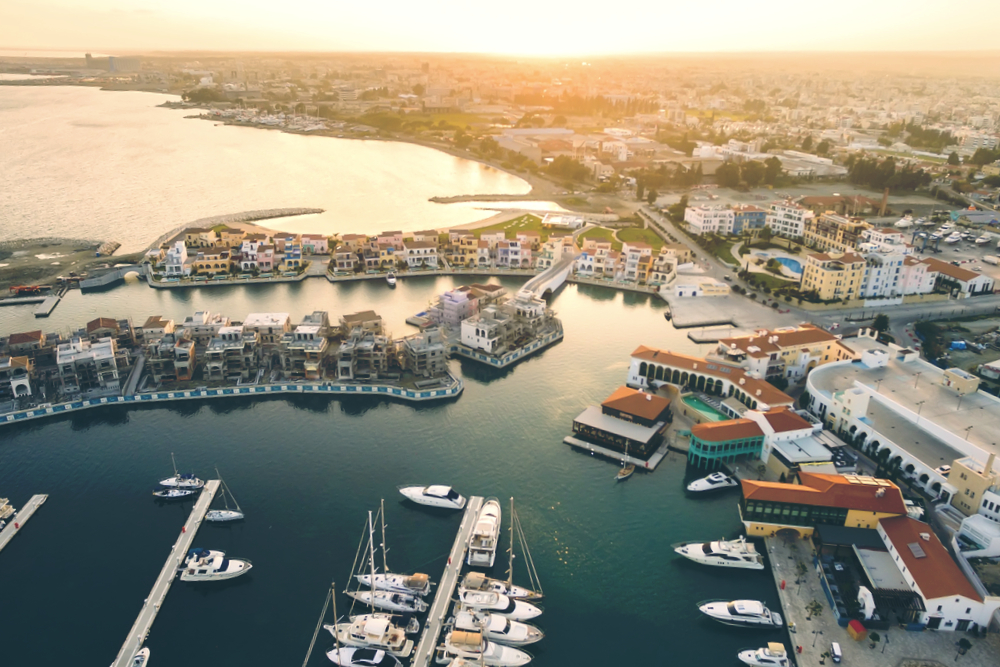North and south Goa are different
In short, southern Goa (from Palolem to Vasco de Gama) is peaceful, quiet, and easy-going with quite a European outlook and is more expensive than other areas. From here, it becomes much more touristy towards the north (Candolim, Calangut, Baga), since this is where most of the people on package tours stay. North Goa (from Anjuna to Querim) is lower budget and attracts a younger, active, noisier crowd, not so refined or elegant.
Expect the classic beach holiday
As with any other place on earth, if you want to appreciate the reality of the destination fully, you need to get away from the well-trodden tourist track. Only then will the real Goa open itself up to you in its full glory.
My first trip to Goa was five years ago when I came on the 10 day package tour. I spent most of my time on the beach next to my hotel, I ate in the same café every day, went on excursions organized by the tour operator and in the evenings, I drank the local rum with the people from the room next to mine. The result was that they decided never to come back, which is understandable.
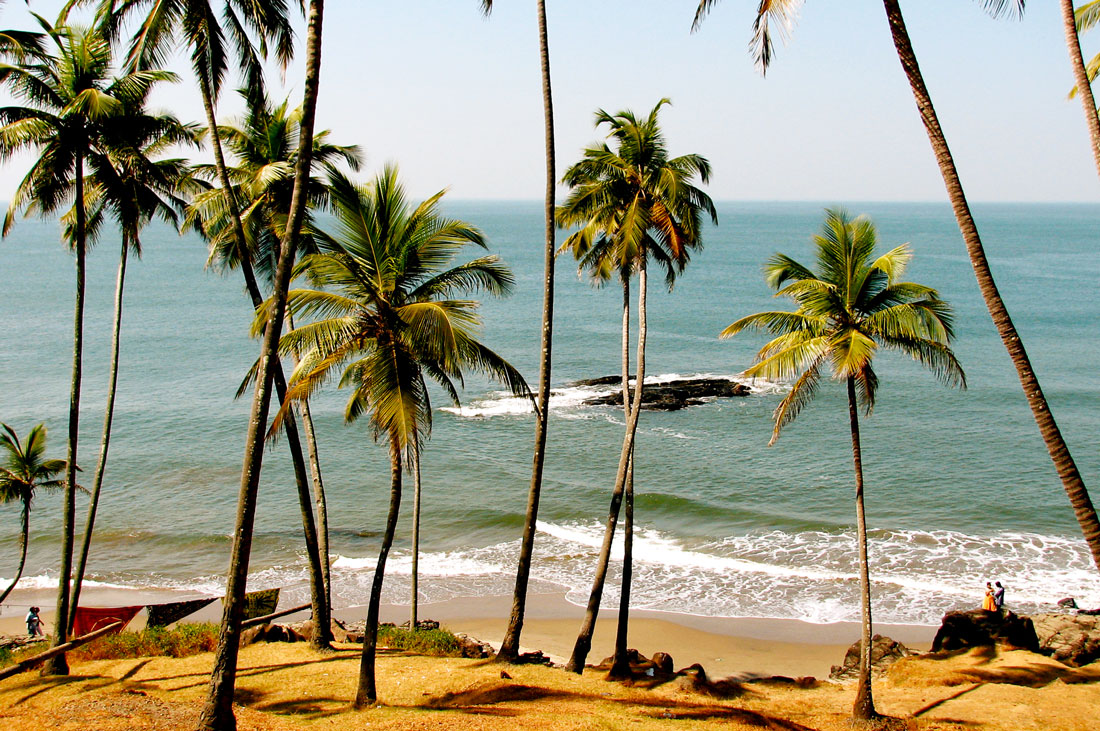
Photo: Yogesh Rao/Flickr
The northern Goan beaches are, of course, wide and attractive, but you don’t have the golden sands, the clear blue waters, the palm trees, and miles of deserted beauty which you have in many other places on earth. Of course, people here are friendly enough, but really the service in the bars, hotels, and cafés as well as the beach hawkers trying to sell their wares, leave a lot to be desired. The rum is cheap – a half-liter bottle of the most popular brand, Old Monk, costs only $1.50 (€1.36), but it doesn’t taste that good, and the hangover is still the same – and so it goes on.
In other words, if you follow the established route to a typical beach holiday, you will never get to see the real place, and it will be very unlikely that you will develop any strong feelings for it. To understand Goa you need to spend time becoming part of this world; take a bike or a local bus and explore the local villages, not just along the coast, but inland too, try the food in local cafés, watch the sunset from the top of a picturesque hill, visit a Hindu temple, get yourself invited to local celebrations, chat with the locals, with the street hawkers, go to local markets and get to know the hippy communes and learn about their way of life.
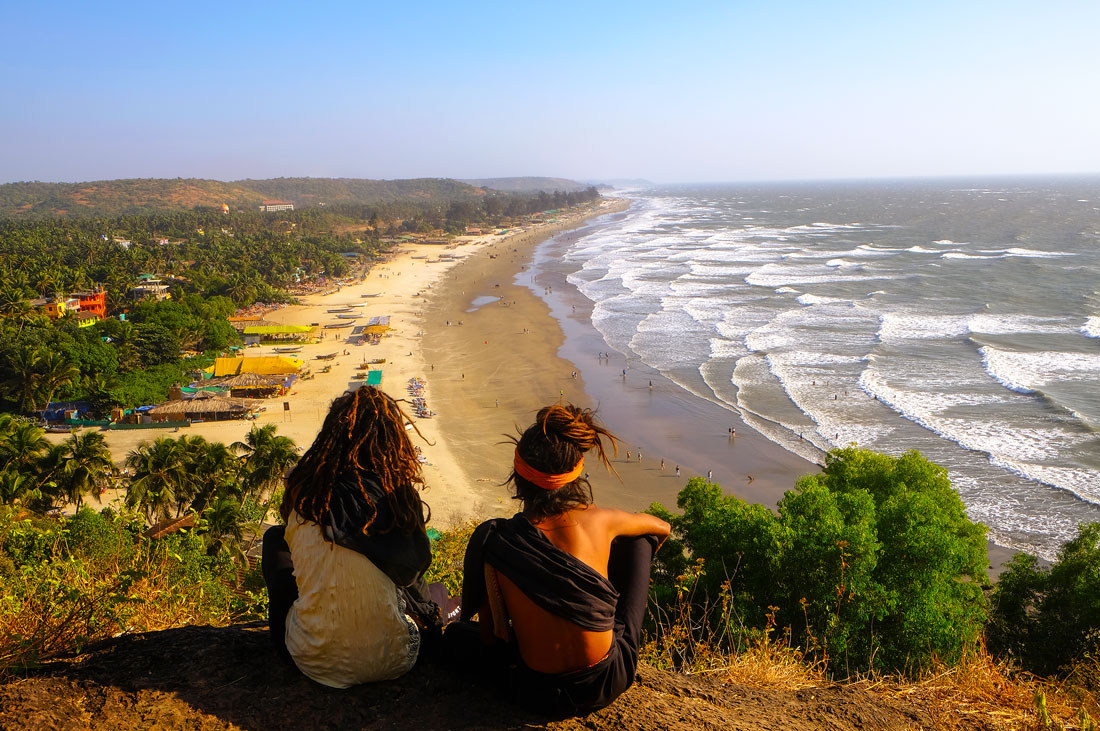
Bypass the new age hippies
Goa is one of the most important havens hippies anywhere in the world, dating from the 1960’s to today. The spacious beaches, palm trees, the spirituality of the east, and laid back, anything goes atmosphere have been attracting people with this worldview for more than half a century.
Of course, times change and with them the Goan landscape and the makeup of the local population. Deckchairs have appeared on the beaches and clothes on the hippies, but nevertheless, Goa has remained a focal point, a place on the Earth which, like a beacon sending signals into space, attracts like-minded people here, and this is part of what makes Goa so unique.
Where contemporary Goans live
Seasoned Goans know which northern villages to choose depending on the way they want to live their lives. Around Vagator and Anjuna is where you will find the famous trance parties. Siolim is in the middle of all the other northern villages. Morjim, Ashvem, Mandrem , and Querim are quieter and more remote, with beautiful beaches.
The cultural center of contemporary Goan society is Arambol. Here you will find many creative and artistic spaces crammed together, offering activities for all tastes, for example Ash, Twice in Nature and Organic Vibes host regular concerts and Love Temple, Free Flow or Yoga Village offer yoga sessions, amongst other things. You can find out what’s on when via social media such as Telegram or Facebook or keep an eye out for posters in cafés or in the streets.
Arambol Beach is where locals traditionally gather to watch the sunset and to meet friends. A small market is set up on the beach selling handmade clothes and accessories, amulets, incense, and other artifacts from all over the world, not just Goa. Other people read tarot cards or stand on beds of nails.
This is where the famous drum circles take place each evening. Musicians gather in a friendly circle and start jamming – anyone can join in. You can either just bring an instrument and play along or stand in the center of the circle and dance your shamanic dance to the drumbeat. Believe me, you won’t be alone.
Contemporary Goans are extraordinarily friendly people who zealously hold on to their culture and uniqueness, and so they often regard with some sadness the way that this uniqueness is being swallowed up by globalization, one of whose characteristics is mass tourism. If you want to get to know the locals, don’t treat them like some kind of museum piece or like something from outer space but try to become part of their world.
Buy something from the night market, take djembe lessons, do some yoga, find out for yourself how that live and find out more about their values without asking questions like “what do you do for a living?” or “where do you get your money from?” or “how did you get this far in life?” when you first meet them. A great gesture would be to offer them something from home, like chocolates, biscuits – they will really appreciate it.
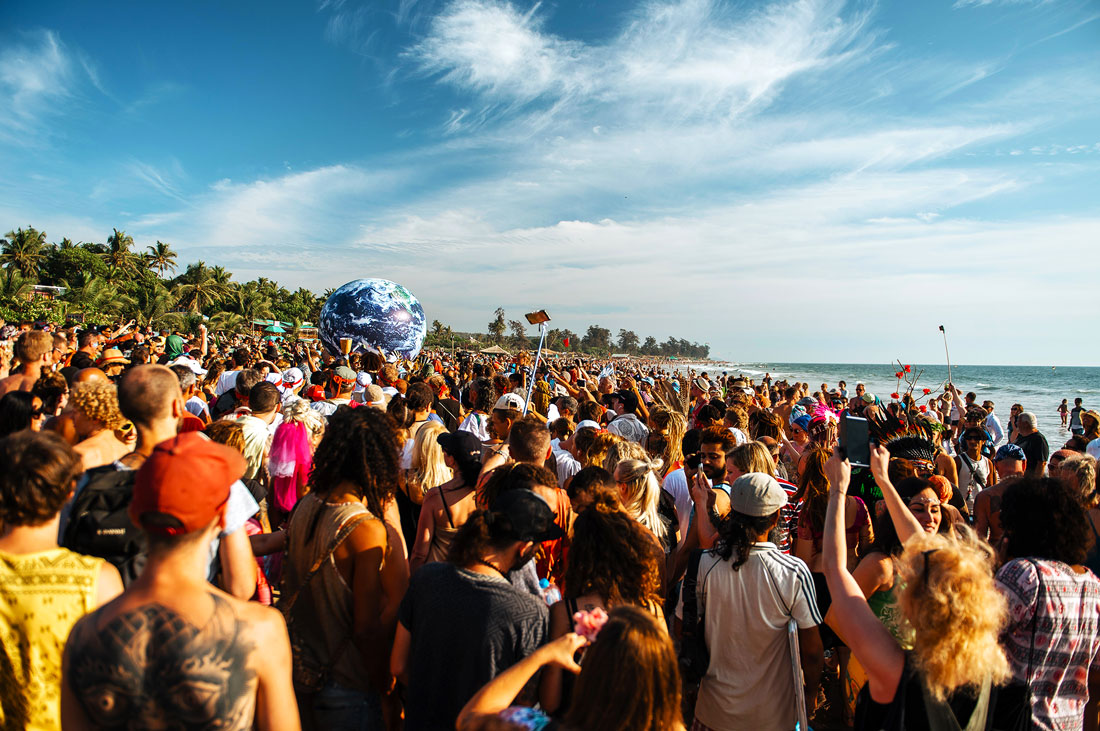
Rely on road signs
On my first visit to Goa, the guide at the hotel warned that under no circumstances should she go riding on a bike – it is too dangerous. Although I am hardwired to do as I am told, from my first day in India, and partly because of the way Goa gets to you, circumstances conspired to make me break that rule from the word go.
I don’t have the heart to repeat that warning about bikes, although I can fully understand why the guide would give it. For me, although I am always to be found on the passenger seat, the bike is a symbol of Goa, of its freedom and of the pure happiness here.
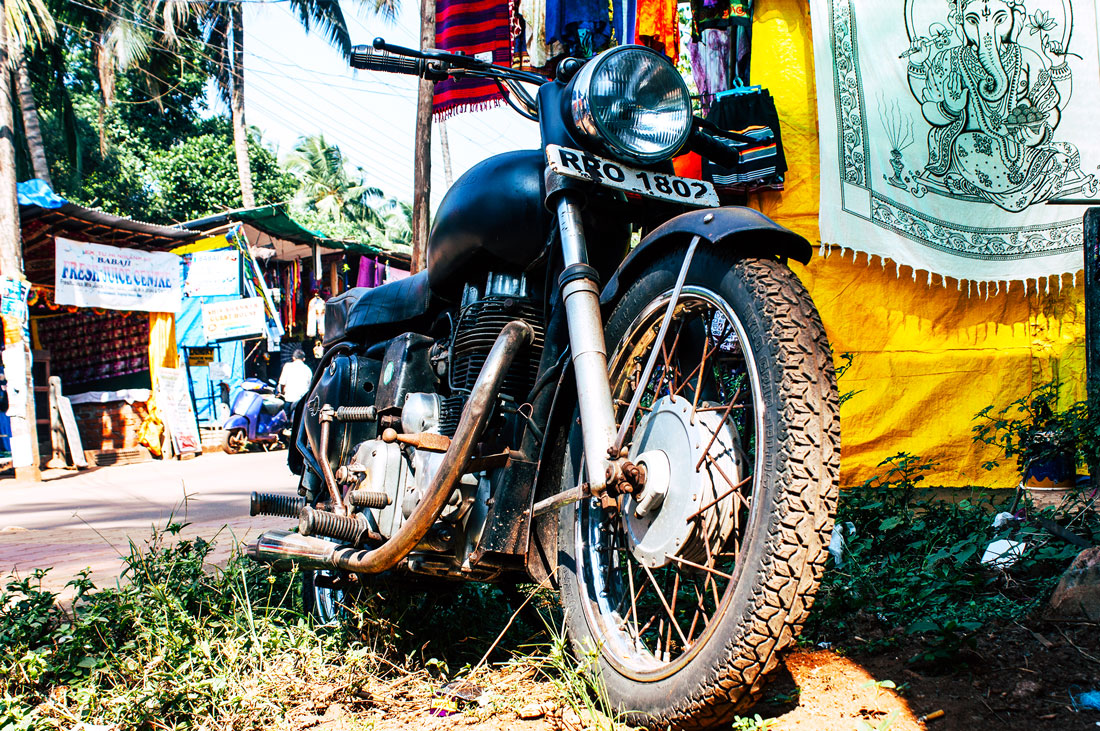
It’s all about that feeling of the wind in your hair, the constant contrasts between the bright colours and green of the palm trees, the smiling children chasing you along the road, the sharp bends, noisy traffic jams at crossroads, wide roads and narrow streets, sometimes so narrow that one stallholder could hug the neighboring stallholder. You can spend hours on end going from one village to another, from one beach to another, from the house of one set of friends to the café where other friends are having a meal.
It really is not important what happens later, whether you’re a freelancer and your computer is calling, or you have t take the kids to nursery or a long, stuffy train journey to go and watch the filming of the next Bollywood blockbuster – none of this matters as you feel the wind in your hair and the colors all merge around you.
Having said all that, you shouldn’t ignore the safety aspects – you still need to be careful not to put yourself in risky situations.
Hiring bikes in Goa
Two-wheeled transportation in Goa is in the form of motorbikes. The most common types are the less powerful scooters (100-150cc) with an automatic gearbox. The most popular models are Vespa and Honda Dio/Activa/Aviator/Nova/Aprila. You can also hire bikes with manual gearbox. The basic street models (150-200cc engine) are the Yamaha FZ and the Honda Fazer, the Indian cruiser (220cc) – the Avenger, and the king of the local roads, the legendary Royal Enfield with 350cc and 500cc engines. The daily rate to hire a bike starts at $3.10/€2.75 for a model, perhaps not in the first flush of youth. The most expensive would the Royal Enfield ($15.20-$22.80/€13.70-€20.50 per day). You will pay less for longer-term rent. You can hire a decent scooter for around $60.70-$80.00/€54.70-€68.40 per month.
In India, they drive on the left, which can have consequences if you are not used to it. Not only that, they don’t abide by the same rules of the road that we are used to. Traffic lights are only present in a couple of the bigger towns, but we should be happy that they take more notice of them than they do of other road signs which in any case are very small in number,
Pedestrian crossings, solid white lines, “no overtaking” and “main carriageway” signs mean absolutely nothing here. The traffic simply regulates itself. On the roads here, its every man for himself. After brakes, the second most used feature of the vehicle is the horn. The rule is to make sure everyone knows you’re on the move by using your horn, and make sure your ears are properly tuned to the sound of your own horn so as to differentiate it from the others.
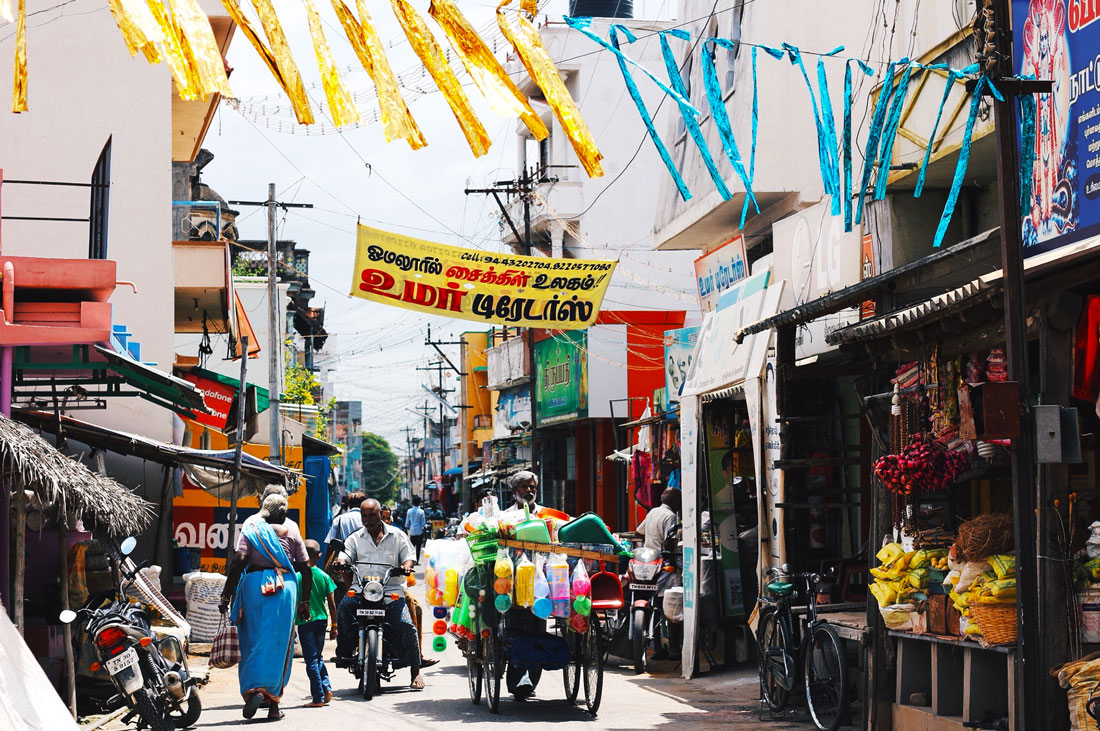
In other words, whoever uses their horn first gets to go first, as is their right. The only sign which you should pay attention to is the one warning you about “sleeping policemen”. There are a lot of these on Goan roads, and if you hit one on a bike going at speed, you risk really hurting yourself.
If you do end up having a road accident, you should remember the unspoken rule – the local resident is always in the right. Even if you were the one in the right, there is no point relying on the support of the authorities. If you are responsible, though, try to sort it out there and then, do not give your passport or the keys to the bike to anyone.
On the whole, if you are careful, you don’t drink and drive, you don’t drive too fast (30-50kmh/19-25mph) in local traffic, and you wear a helmet, you should be OK.
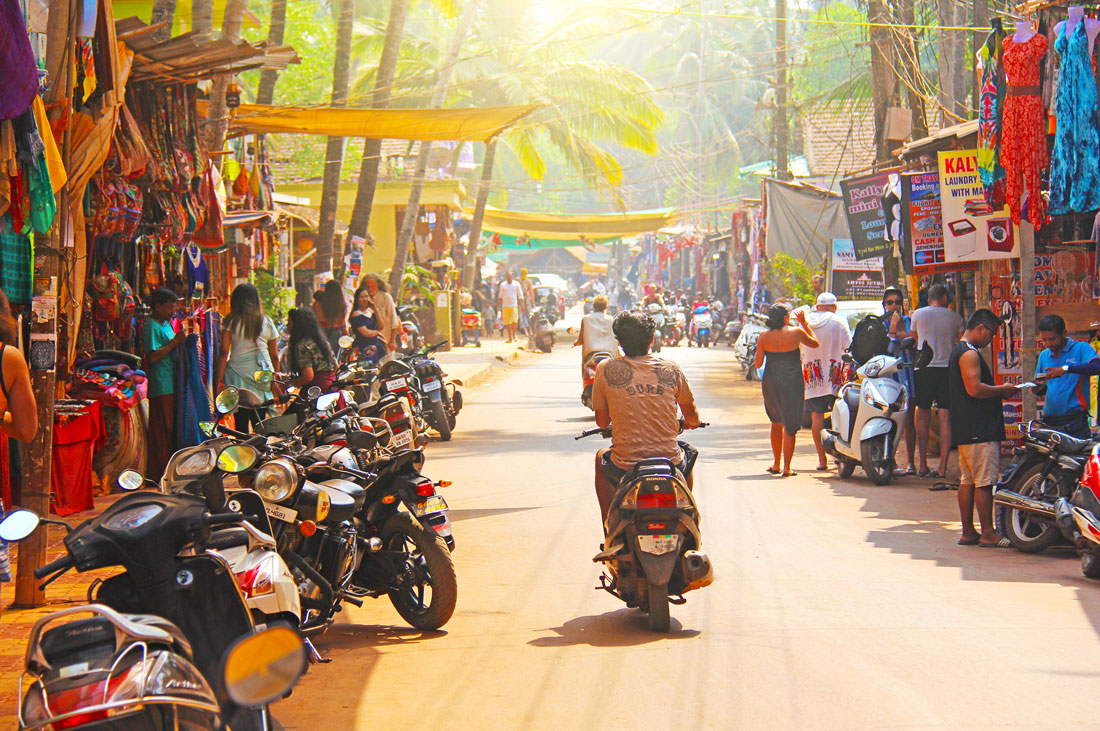
Pay the price on the label
In common with most Asian countries, it’s expected to haggle in India. To keep things simple, grocery stores have fixed prices, and there is no need to try and a bargain – you pay the price you see. It should also be understood that train and bus tickets are also fixed and you will get a receipt. There is a shopping centre in Goa, and there are branded shops with proper tills in the bigger towns – you don’t haggle there either.
In most other cases you’re likely to encounter, especially when buying souvenirs, clothes, spices, tea, jewelry, and similar things which are available for sale, you shouldn’t take any notice of the price on the ticket or the price first proposed. Trying to figure out how much things really cost is a challenge, especially as things are already so cheap in India. I have lived here for five seasons, and I still don’t know how much certain things should cost.
How to work out the real price of things
Indians are smart people, and they understand perfectly well how much people are prepared to pay for things. If you look as if you just got off the plane from Europe, they can easily tell that you still haven’t understood that what you are trying to buy costs two or three times less than what is being asked. If you look like a seasoned traveler with your tattoos visible, dreadlocks in your hair, and your shorts have seen better days, then the price they ask for will be much closer to the real cost.
If you ask me, you should always haggle and not just to save yourself money and keep the rate of inflation down in this fabulous area, something the local hippies would appreciate, but because any self-respecting Indian is not just looking for profit, but also to play the game. To try and buy something without haggling would be to deprive the locals of one of life’s great pleasures.
And one more thing. If you asked how much something costs, not actually buying, it will be tough. Indian logic dictates that if you ask the price, it means that you are interested in the item. The aim now is to agree on the price you will pay and which will make you both happy. Don’t ask the price unless you really are interested otherwise, you risk offending the vendor.
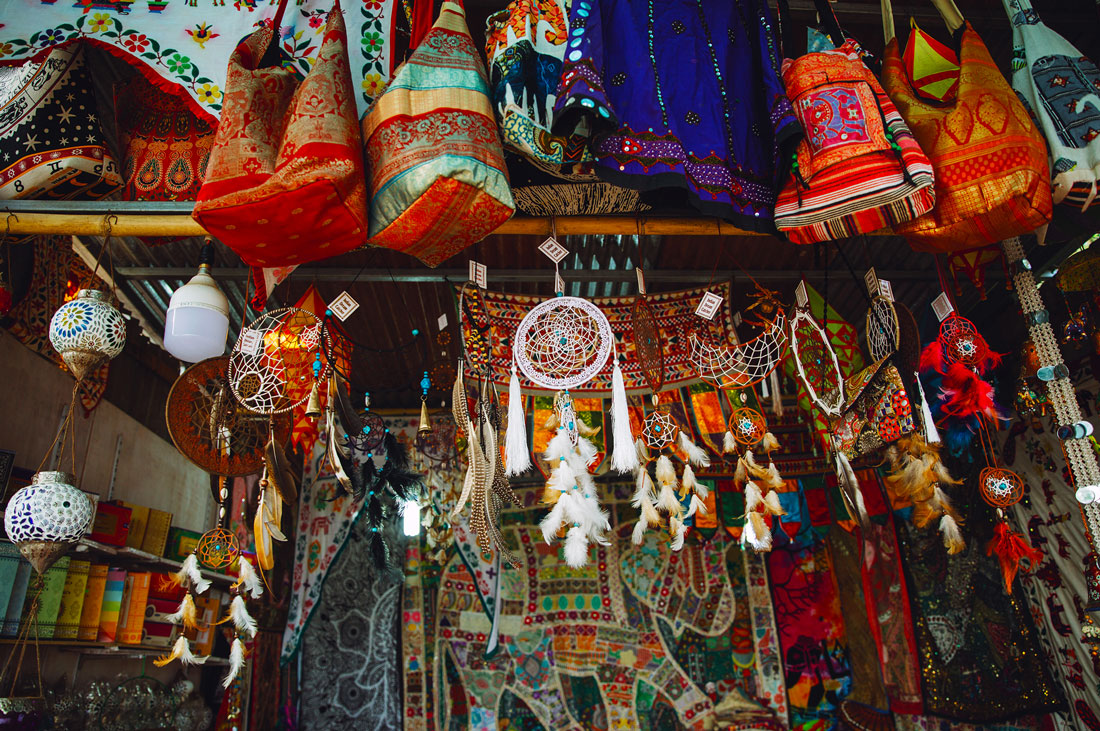
Be under the impression that you have understood India
They say here that Goa is not India, and there is a lot of truth in that, and there are a few cultural and historical reasons why.
Firstly, unlike most of the other populations in India, most of the local Goans are Catholic and not Hindus. Goa only stopped being a Portuguese colony a little more than 50 years ago, so Indian culture hasn’t quite permeated every aspect of life here. 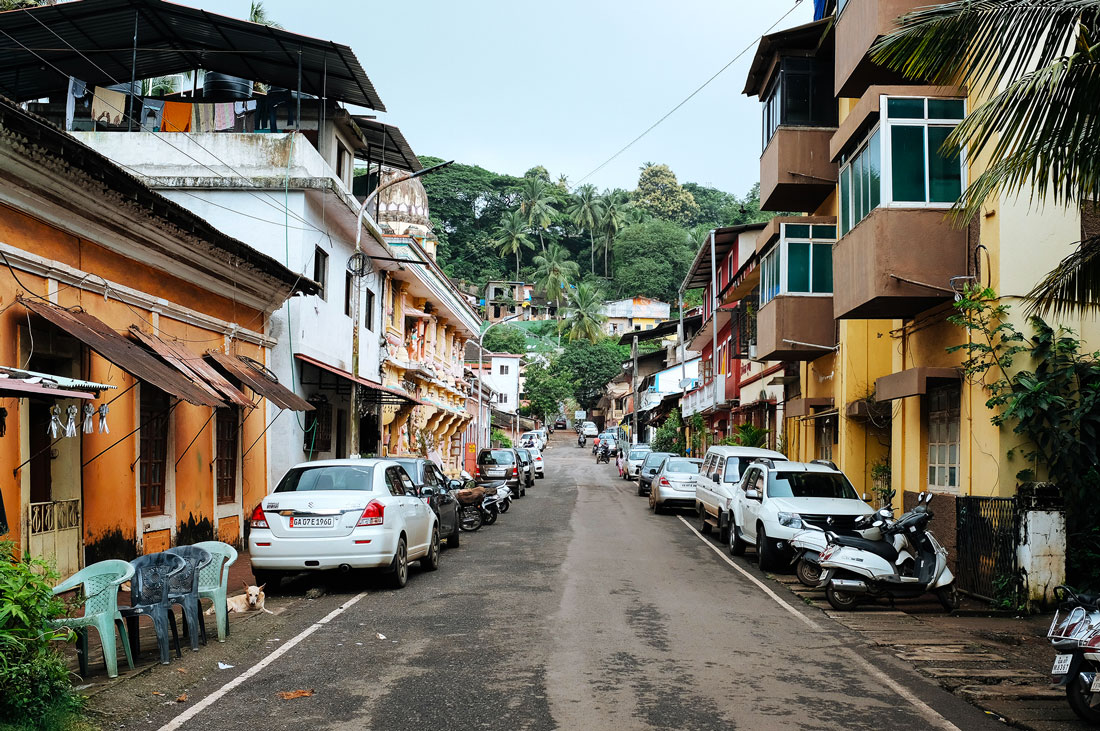
Secondly, the hippy culture, which has become grounded here over the past 50 years, has made an impact. This subculture has taken hold, and the fact that so many people have come here from elsewhere – especially from the West – has really left its mark as has the fact that most of the local inhabitants here are lighter-skinned than elsewhere in India.
Over the years, the locals have been influenced heavily by the Europeans here, and sometimes the Indian way of life is not so prevalent as it is in other Indian states. It could be said that western ways and logic have had more influence here than elsewhere in India.
So, when I went traveling around India after my first season in Goa, I really noticed the difference. I had many new experiences, my understanding grew, and I learned some unforgettable life lessons. So whilst on the one hand, Goa is not quintessentially Indian, on the other hand, there is something here which you won’t find elsewhere in the country – east and west come together here very peacefully, something which can only be experienced here.
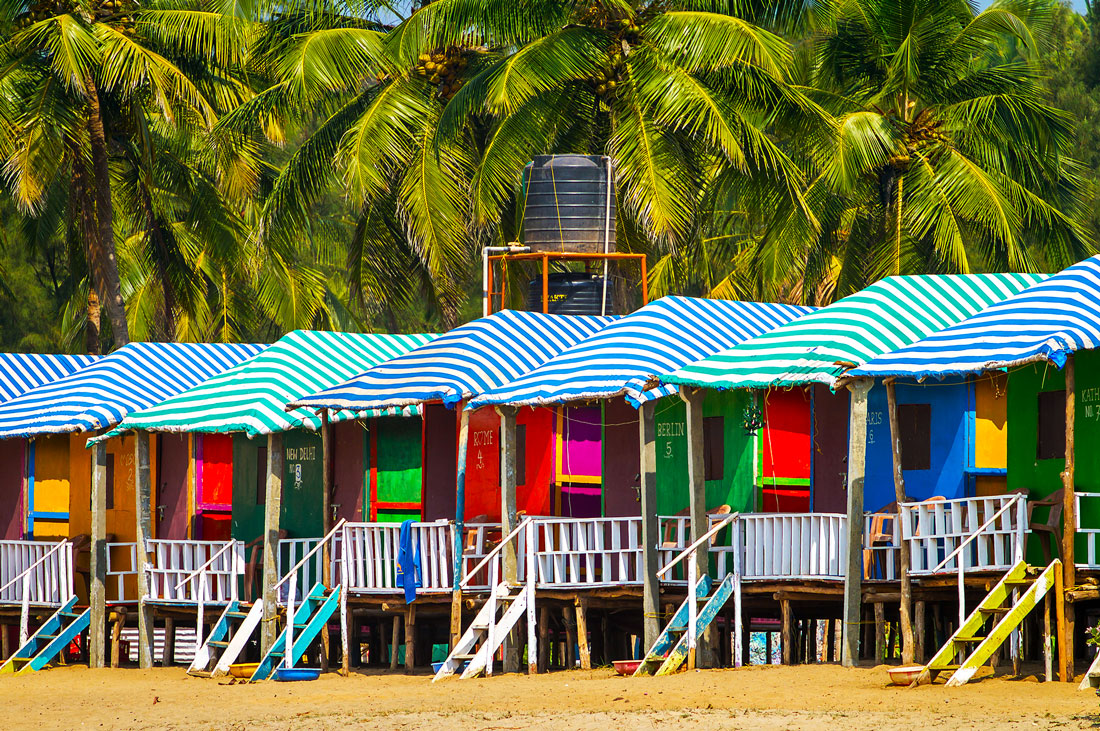
Forget that you are still in India
Even in Goa isn’t quite India, the air you breathe here is still Indian. In short, whatever it is I advise you not to do in Goa you probably should not do in the rest of India either.
- Don’t be negative
You have to be very careful with your thoughts in India because they have a real tendency to become a reality before you even realize it quickly. Be careful what you wish for too – it’s very likely to come true here. Are you really sure you really want what you wish for? Be careful with your fears, too – best just to let them go. If you are worried that you might fall off your bike or end up in a ditch, then it’s probably going to happen. Best just not to expect anything and just take things as they come with gratitude, a positive attitude, and things will be OK.
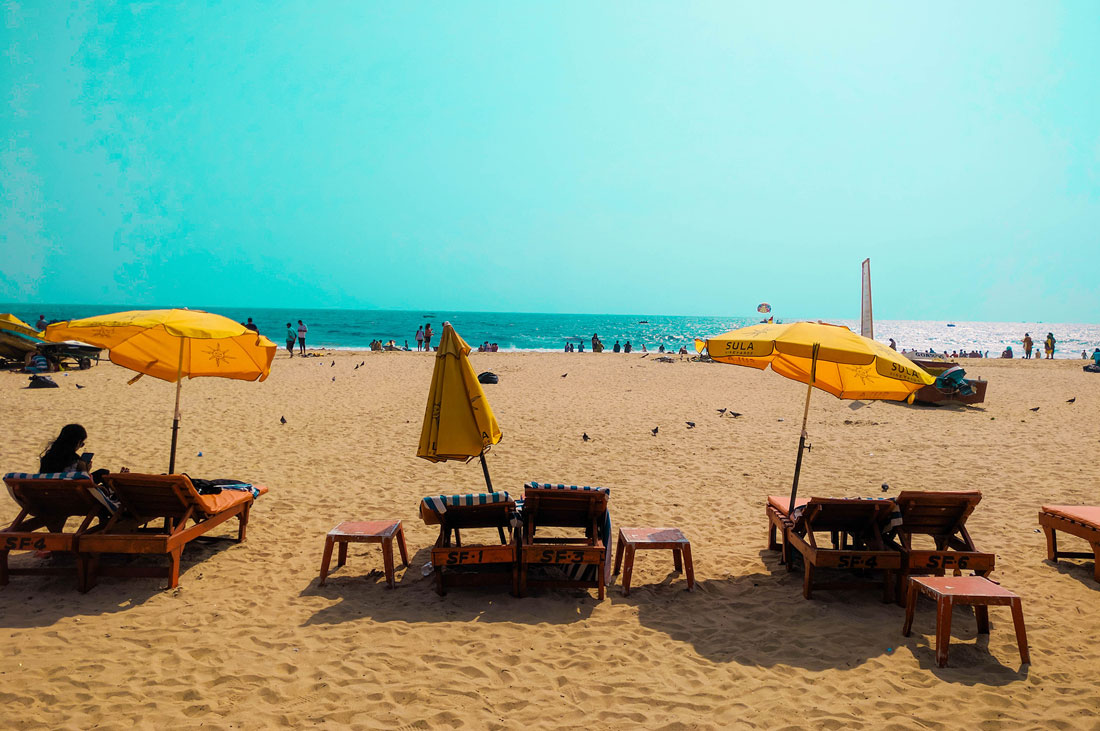
- Do bad
It’s very simple. If you share a smile and it will be returned to you many times. Your future depends on your present and your past, so be kind, honest, bring happiness to the world, and everything will be OK.
- Plan
Planning anything in India is a waste of time. India has its own plans for you, believe me. The best thing to do is to live in the moment without looking back and take pleasure from now. Be that sunset, that shamanic dance, or that ride on a bike right here and right now. What will come later will look after itself?
- Rush
The first thing I’d advise newcomers to Goa is just to slow down, get into the unique local rhythm of life, and take pleasure from it. If you can’t manage this, you are always going to be disappointed. Goa is a great place not to think about anything, not to get worked up, to relax, and enjoy one simple fact: you exist. This is my advice to you.
Goa is a special part of India where you find the harmonious union of Indian philosophy and the hippy movement. This makes for a very colorful place to be. There are wide beaches, palm groves, small villages, rivers, and waterfalls – and like all over India, the locals are always smiling, they are unique, well dressed, and content with life – the hippies of our time.



